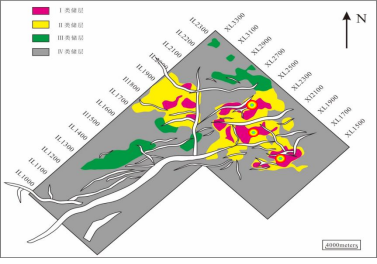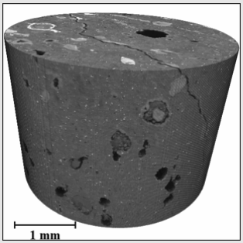Welcome to International Center of Future Science, Jilin University!
Today is Home /
Research
/
Research Teams
/
Low-carbon-clean Energy Enrichment and Carbon Dioxide Storage
/
Introduction
Home /
Research
/
Research Teams
/
Low-carbon-clean Energy Enrichment and Carbon Dioxide Storage
/
Introduction
Introduction
The team focus on low-carbon-clean energy enrichment and carbon dioxide storage, with the aim of establishing the formation theory of natural gas and geothermal energy, and developing their exploration methods and technologies. It mainly includes natural gas exploration and prediction from deep-water area and deep strata, geothermal resource exploration and evaluation. It can provide theoretical and technical support for discovering low-carbon-clean energy, thus serving national energy security and "dual carbon" goals. To find out carbon dioxide and hydrogen geological storage mechanisms and develop the related technologies, the task is composed of evaluation of geological body’ potential for carbon dioxide and hydrogen storage, research and development of carbon dioxide flooding technology, risk assessment of carbon dioxide and hydrogen geology storage etc. They can help to solve geological and burial problems of carbon dioxide and hydrogen storage and to serve the goal of carbon neutrality.
Research interest
1. The mechanism of complex reservoirs’ formation in deep strata and water area
Based on modern petroleum geological theory and advanced testing technologies, and combining multiple disciplines, the research on petrology, petrophysical character of reservoirs including volcanic rocks, metamorphic rocks and tight sandstone from deep strata and water area and their effectiveness will be carried out. The reservoirs’ formation will be modeled to guide the discovery of hydrocarbon.

Target Prediction of Deep Natural Gas Exploration
2. Exploration of Deep Geological Structure and Geothermal Resource
Through geology, geophysics, geochemistry and numerical simulation, research on volcanic deep magma systems will be carried out to discuss the dynamics of magma eruption; find out deep geological structures, study geothermal formation conditions with geological fluid analysis, and explore geothermal resource.

Analysis of geothermal and geological structure
3. Storage of CO2 and H2
Using X-ray scanning instruments with different specifications, multi-scale and high-precision tomographic scanning can be performed, ranging from full-scale cores to nano-pores. Many achievements have been made in the fields including underground heat and geothermal storage, burial CO2 and H2 storage, burial nuclear waste treatment, etc.


Characterization of reservoirs for storage potential of CO2 and H2